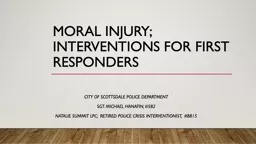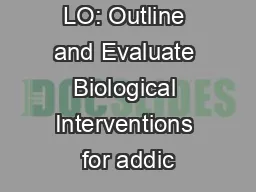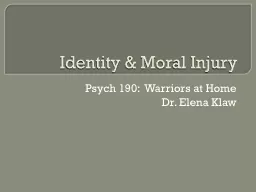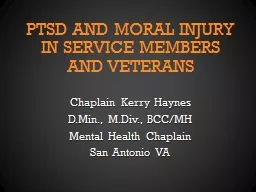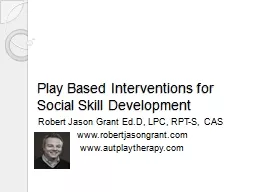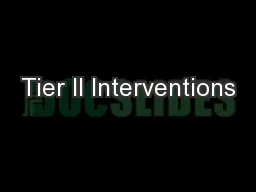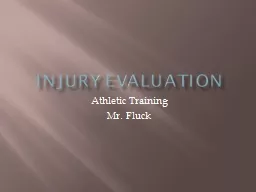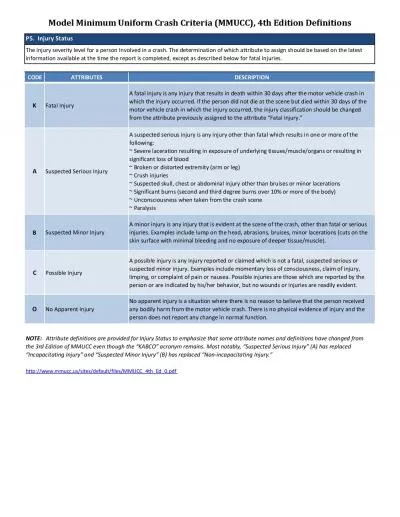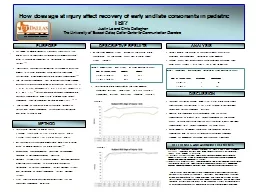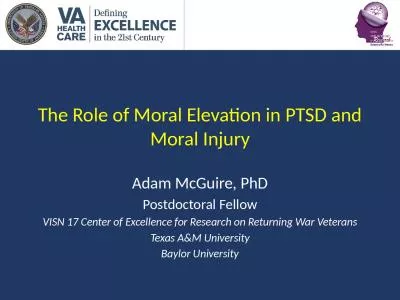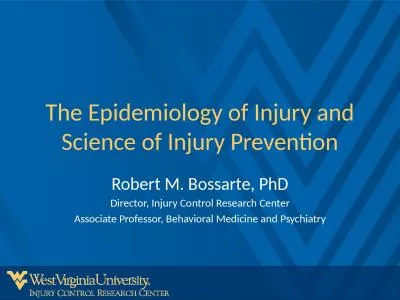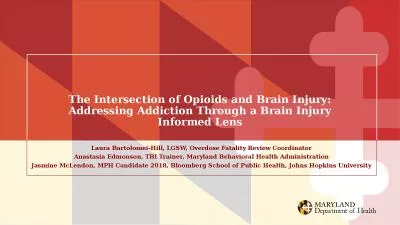PPT-Moral Injury; interventions for First
Author : karlyn-bohler | Published Date : 2020-04-06
reSponders City of Scottsdale Police Department Sgt Michael Hanafin 582 Natalie Summit LPC Retired Police crisis Interventionist B815 Objectives Encourage participants
Presentation Embed Code
Download Presentation
Download Presentation The PPT/PDF document " Moral Injury; interventions for First " is the property of its rightful owner. Permission is granted to download and print the materials on this website for personal, non-commercial use only, and to display it on your personal computer provided you do not modify the materials and that you retain all copyright notices contained in the materials. By downloading content from our website, you accept the terms of this agreement.
Moral Injury; interventions for First : Transcript
Download Rules Of Document
" Moral Injury; interventions for First "The content belongs to its owner. You may download and print it for personal use, without modification, and keep all copyright notices. By downloading, you agree to these terms.
Related Documents

